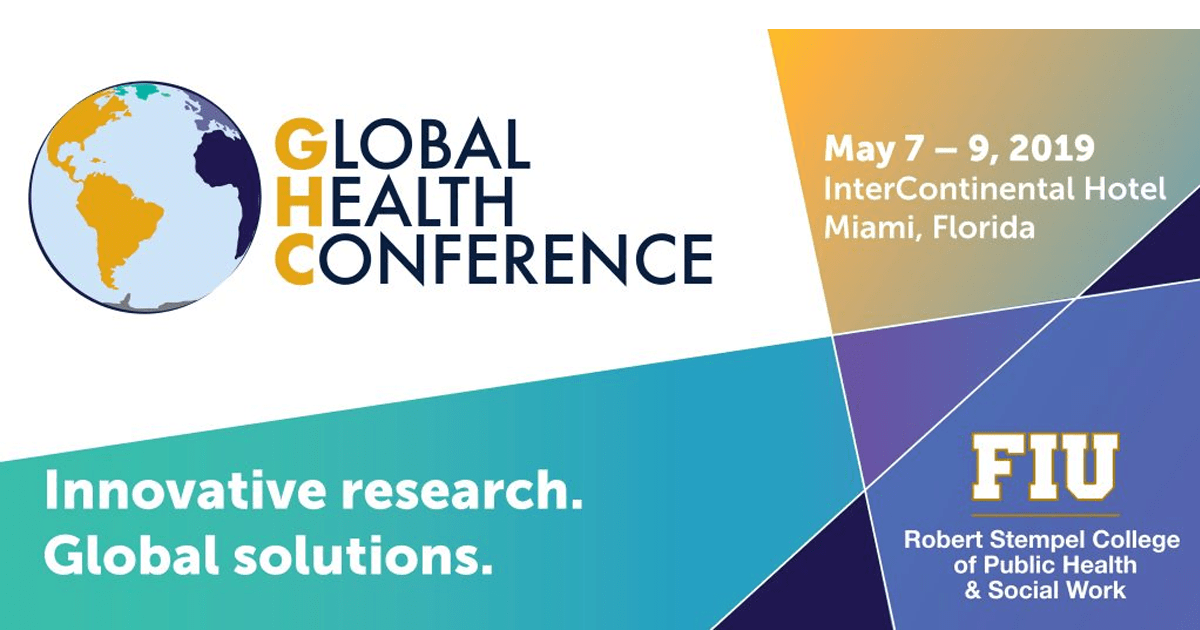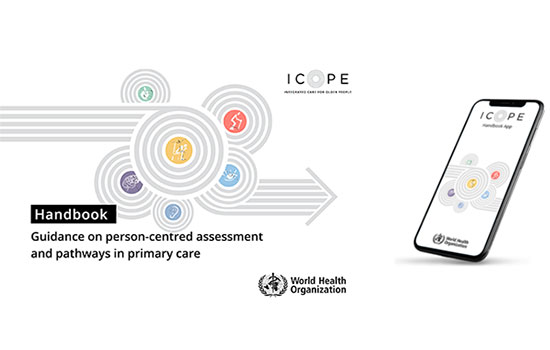Key points
INTRODUCTION
- Physical activity, exercise and sedentary lifestyle are different concepts.
- Physical activity – Any movement produced by skeletal muscle that results in energy expenditure greater than the resting state
- Exercise – voluntary, structured, repetitive body movements that require more energy expenditure than physical activity. Your goal is to improve or maintain physical fitness
- Sedentary lifestyle – Class of behavior characterized by little physical movement and little energy expenditure.
- 40% of women gain more weight than recommended in pregnancy
- On average, after pregnancy there will be a gain of 0.5 to 3 kg of weight retention
COMMON CAUSES OF WEIGHT GAIN IN PREGNANCY AND POSTPARTUM IN MEXICAN WOMEN
- Changes in eating patterns. Increased consumption of sugars and trans fats
- 50% – 60% of pregnant or lactating women decrease physical activity
- Less than 10% are active throughout pregnancy
- During pregnancy there are physical, social, psychological and hormonal changes.
- Lack of knowledge about the benefits of physical activity/exercise
- Lack of social support in childcare
- Living in conditions of poverty confers a risk factor
BARRIERS AND FACILITATORS FOR PHYSICAL ACTIVITY DURING PREGNANCY AND POSTPARTUM IN WOMEN LIVING IN CONDITIONS OF POVERTY IN MEXICO
- Barriers:
- individual
- Lack of time
- Ignorance of the benefits
- Lack of social support with children
- sociocultural
- Lack of counseling by health personnel on physical activity / exercise
- Prejudice on the part of the community. It is not socially accepted to perform exercise or physical activity in pregnant or lactating women.
- Lack of a leader-instructor in the community
- environmental
- Lack of safe and adequate physical spaces
- individual
AUSTRALIAN GUIDELINES – EVIDENCE-BASED PHYSICAL ACTIVITY GUIDELINES FOR PRENGANT WOMEN. MARCH 2021
- All women without contraindications should follow the Australian Physical Activity and Sedentary Behavior Guidelines before, during and after pregnancy – 2021 Guidelines
- Promote physical activity and exercise from before pregnancy, as it facilitates the continuity of these activities
- Doing some physical activity is better than doing nothing
- In the absence of any contraindication, perform moderate-intensity activities for 2.5 to 5 hours per week or vigorous-intensity activities for 1 1/4 to 2.5 hours per week
- Perform muscle-strengthening activities at least 2 days a week
- To define moderate intensity:
- Use “talk test”: You can have a conversation, but you cannot sing or whistle.
- When to stop physical activity / exercise in pregnancy?
- In the presence of:
- Angina
- Persistent dyspnea that does not subside with rest
- Severe headache, dizziness that does not go away with rest
- Painful uterine contractions, vaginal bleeding, or persistent fluid loss
- Modify activities as the body changes in pregnancy (the center of gravity changes, collisions or falls become more dangerous)
- Previously inactive women should start at the lower limit of the recommendations (150 mins per week)
- Previously active women can continue, they should adapt the activities if necessary (due to physical changes typical of pregnancy)
- Women who exceed the recommendations (>300 mins), can continue training with the supervision of a professional and adapt the training to the pregnancy situation
- After 28 SDG it is suggested not to exercise in the supine position
- Avoid activities with risk of:
- collision, contact
- Fall risk (activities involving high levels of balance)
- Pressure changes (skydiving, diving)
- Heavy lifting
- Physical activity is associated with:
- Improvement in cardiorespiratory fitness
- Less weight gain
- Protective effect against gestational diabetes and better control of it
- Performing pelvic exercises during and after pregnancy will reduce the risk of incontinence
- Decrease in depressive symptoms
- Not associated with problems in fetal development
- Protects against unplanned cesarean section
- Not associated with APGAR score
- It is not associated with the weight of the baby at birth, however, it decreases the risk of macrosomia
- In the presence of:
- Additional precautions
- stay hydrated
- Do physical activity in a cool environment, avoid heat stress
- Avoid physical activities at high altitudes (above 2000 m) unless you are acclimatized and trained for the activity before pregnancy
- Always wear proper footwear, non-restrictive-tight clothing, and pregnancy-safe support top
- If it's a bit hot, wear loose clothing made of breathable fabric






